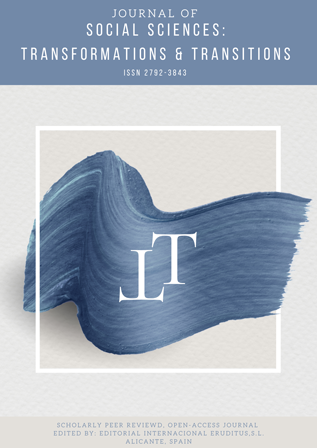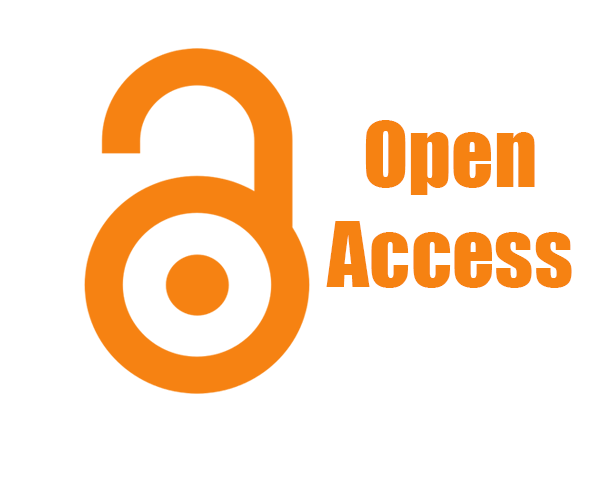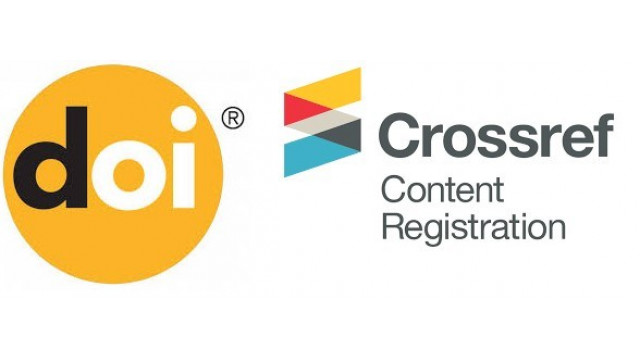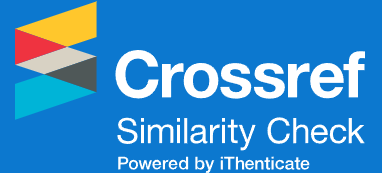Cinderellas and Pumpkins in the New World: Fairy Tale Reinterpretations for New Approaches to Gender in Education
DOI:
https://doi.org/10.52459/josstt24190422Keywords:
Gender Stereotypes, Fairy Tales, EducationAbstract
The objective of this writing is to present indications that can lead to the resignification of gender stereotypes in reinterpretations of traditional fairy tales through Pumpkin (Corteze, 2021), a LGBTQIAPN+ children’s book. The methodological path followed started from the choice of two narratives -in Portuguese- of the short story Cinderella, with original publication by Grimm (1812), one of them available on web pages, and one of them found in the Tell Me Collection (2020) of the Ministry of Brazilian Education. These narratives were compared to the book Pumpkin, which reread the short story Cinderella in order to welcome LGBTQIAPN+ diversities. Thus, it was noticed how the traditional narratives of fairy tales, often used in educational contexts, perpetuate gender stereotypes, and how the rereading of these tales can help in the resignification of such stereotypes.
Bilingual Publication: The original version in Portugues is available in the PDF file.
Metrics
References
Abramovich, F. (2009). Children’s literature: treats and nonsense. São Paulo: Scipione. ISBN: 9788526213982.
Balestrin, P. A. (2017). Introduction to gender and sexuality studies in conjunction with the field of education. In C. Silveira et. al. (Org.), Gender and diversity education (pp. 11-28). Editora da UFRGS.
Bardin, L. (2016). Content analysis. São Paulo: Edições 70. ISBN: 9788562938047.
Bastos, R. A. S. M., & Nogueira, J. R. (2016). Gender stereotypes in fairy tales: a historical-pedagogical approach. Dimensions: UFES history magazine, 36, 12-30. https://periodicos.ufes.br/dimensoes/article/view/13864
Bettelheim, B. (2021). The uses of Enchantment the Meaning and Importance of Fairy Tales. Rio de Janeiro: Paz e Terra. ISBN: 9786555480252.
Butler, J. (2000). Bodies that weigh. On the discursive limits of “sex”. In G. L. Louro (org.), The educated body: pedagogies of sexuality (pp. 151-176). Autêntica.
Corteze, F. (2020). Snow. Porto Alegre: CirKula. ISBN: 9786586894011.
Corteze, F. (2021a). Indications for Approaching Fairy Tales as a Way to Resignify Gender Stereotypes in Education: the Neve Book. In M. L. C. Batista & V. Singh (org.), Research Trends for the New World (pp. 63-86). Akshita Publishers and Distributors.
Corteze, F. (2021b). Pumpkin. CirKula. ISBN: 9786586894059
Ende, M. (2021). The Mirror in the Mirror: a labyrinth. Munich: Hockebooks. ISBN: 9783957513748.
Èstes, C. P. (2018). Women who run with the wolves. Rio de Janeiro: Rocco. ISBN: 9788532529787.
Foucault, M. (1999). History of sexuality I: the will to know (13ª ed.). Graal. ISBN: 9788570380777.
Furlani, J. (2007). Sex education: from stereotype to representation - arguing in favor of sexual, gender and ethnic-racial multiplicity. In P. R. C. Ribeiro et. al. (Org.), Body, gender and sexuality: discussing educational practices (pp. 46-58). Editora da FURG.
Grimm, J. and W. (1812). Cinderella. Available in: https://www.grimmstories.com/en/grimm_fairy-tales/aschenputtel
Louro, G. L. (2000). Pedagogies of Sexuality. In: G. L. Louro (org.), The Educated Body: Pedagogies of Sexuality (pp. 7-34). Autêntica.
Louro, G. L. (2003). Curriculum, gender and sexuality: The “normal”, the “different” and the “eccentric”. In G. L. Louro, J. F. Neckel & S. V. Goellner (org.), Body Gender and Sexuality: A contemporary debate in education (pp. 41-52). Vozes.
Maturana, H. (1998). Emotions and language in education and politics. Editora da UFMG.
MEC – Ministry of Education. (2020). Cinderella. Tell Me Collection. Brasília: Author. isbn: 9786587026671. url: http://alfabetizacao.mec.gov.br/images/conta-pra-mim/livros/versao_digital/cinderela_versao_digital.pdf
Nascimento, L. C. P. do. (2021). Transfeminisms, São Paulo, Jandaíra. ISBN: 9786587113364.
Paraíso, M. A. (2018). Making chaos a dancing star in the curriculum: political invention with gender and sexuality in times of the slogan “gender ideology”. In M. A. Paraíso & M. C. S. Caldeira (orgs.), Curriculum, Gender, and Sexuality Research (pp. 13-22). Mazza.
Rowling, J. K. (2000). Harry Potter and The Philosopher’s Stone. Rio de Janeiro: Rocco. ISBN: 978-65-5532-040-4.
Santos, M. C. G; Soares, A.T.G. (2018). Once Upon a Time: fairy tale and gender relations from the perspective of teachers. Unyielding Debates. 1 (3). 32-62. doi: https://doi.org/10.32359/debin2018.v1.n3.p32-62
Seffner, F. (2020). Sempre atrás de um buraco tem um olho: racionalidade neoliberal, autoritarismo fundamentalista, gênero e sexualidade na educação básica. Práxis Educativa. 15, 1-19. https://doi.org/10.5212/PraxEduc.v.15.15010.045
Tolkien, J. R. R. (2009). The Fellowship of the Ring. São Paulo: Martins Fontes. ISBN: 8533613377.
Tolkien, J. R. R. (2010). On Fairy-stories (2ª ed.). São Paulo: Conrad Editora no Brasil. ISBN: 9788576163831.
VOLP, Vocabulário Ortográfico da Língua Portuguesa (2021). www.academia.org.br
Warner, M. (1991). Introduction: fear of a queer planet. Social Text, (29), 3-17. https://www.jstor.org/stable/466295
Downloads
Published
License
Copyright (c) 2022 Frederico CORREA CORTEZE, Maria Luiza Cardinale BAPTISTA

This work is licensed under a Creative Commons Attribution 4.0 International License.










